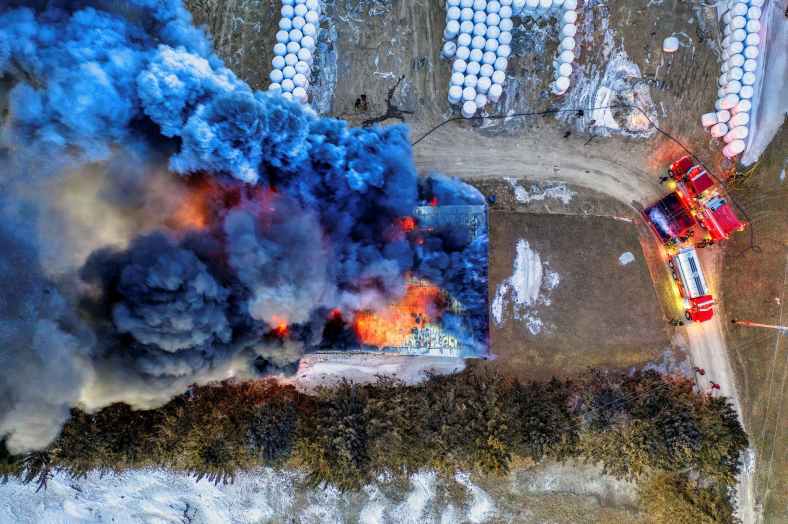I continue to see concern with first responders entering the field of emergency management, and with good reason. Of course, this does not apply to everyone who has made this transition. I’ve seen some incredible emergency managers who have first responder roots, and obviously we are all part of the public safety family with some tangible connections, but they really are two very different fields with very different skillsets. Throughout my career and as I continue to work with emergency managers across the country, I obviously continue to come across emergency managers who were or in some cases still are first responders. Those roots are very apparent in many of them and while some traits can be beneficial, others can very much be detrimental.
Several weeks ago, someone posted a question on LinkedIn questioning why there was still such a gap between public health and emergency management. While any relationship requires work by both parties, I think the strain in this relationship in most places strongly lies with emergency managers, with much of it due to emergency managers poorly suited for the position.
The knowledge, skills, abilities, and attitudes between first responders and emergency managers don’t organically have as much overlap as many people seem to assume. One of the most common words in job descriptions for emergency management positions is ‘coordination’. Coordination is a soft skill. A people skill. It takes knowledge and awareness of who the other parties are, what they do, and what their priorities are. It requires abilities associated with communication, negotiation, and the ability to connect. Perhaps most importantly, though, it requires a proper attitude; one that is open and not standoffish, indifferent, or otherwise off-putting to others.
There is an assumption within government administrations that continues to be perpetuated within the field of emergency management that there is a direct portability between being a first responder and being an emergency manager, thus why so many first responders continue to be hired into emergency management jobs. I recently ran a tabletop exercise with two emergency managers in the room, one who was still active in the fire service, the other who was still active in law enforcement. When they made statements, the body language of others in the room immediately changed. They were unnecessarily aggressive in their demeaner and shut down conversation rather than encouraging the exchange of ideas which was the purpose of the exercise. Unfortunately, this is a common personality train among first responders. Along with the people skills needed, emergency management is a very administrative field. I also recently met with a first responder turned emergency manager in a debrief talking about incident management. He directly expressed his disdain for the bureaucracy of incident management practices and the necessity for any measure of documentation. He’s a doer. I don’t knock his perspective, but his attitude isn’t aligned with the needs of emergency management.
Certainly, some first responders do have the acumen of emergency managers. They can see things big picture. They are able to step away from tactics yet benefit by their knowledge of tactics. They have the personality and people skills necessary to facilitate coordination, not just with first responder agencies, but with others. They seek knowledge and training beyond their first responder backgrounds, recognizing that they need to know more beyond response and beyond the discipline from which they come. These are the ones who will be more prone to success, for themselves, their agencies, and their jurisdictions.
I was a first responder for ten years, including time as a chief officer; much of this time prior to entering emergency management. While I’d like to think I was reasonably positioned to become an emergency manager when I did, I’m aware now that I certainly had some of these flaws early in my emergency management career that kept me from being the best emergency manager I could at the time. Fortunately, I had great colleagues and mentors who helped guide me. I also recognized some bad examples early on and saw how their interactions with others, especially those who weren’t first responders, were not as engaging or positive as they should have been.
Can first responders become successful emergency managers? Absolutely! But being a first responder, in most cases, should not be a prerequisite for emergency management positions. Also, hiring someone is not just about what’s on their resume. If a job requires people skills and interagency coordination, that should be a big part of the interview process. First responder or not, arms crossed with short responses or an aggressive attitude is not a good indicator of someone being a people person. As emergency managers, we are responsible for our own profession. We need to make the change from within and work with those on the outside (administrations, human resources departments, etc.) to ensure that the field continues to grow in a positive direction, ensuring success for the field of emergency management as well as the people who are brought into it.
What are your thoughts on this topic?
©2024 Timothy Riecker, CEDP









